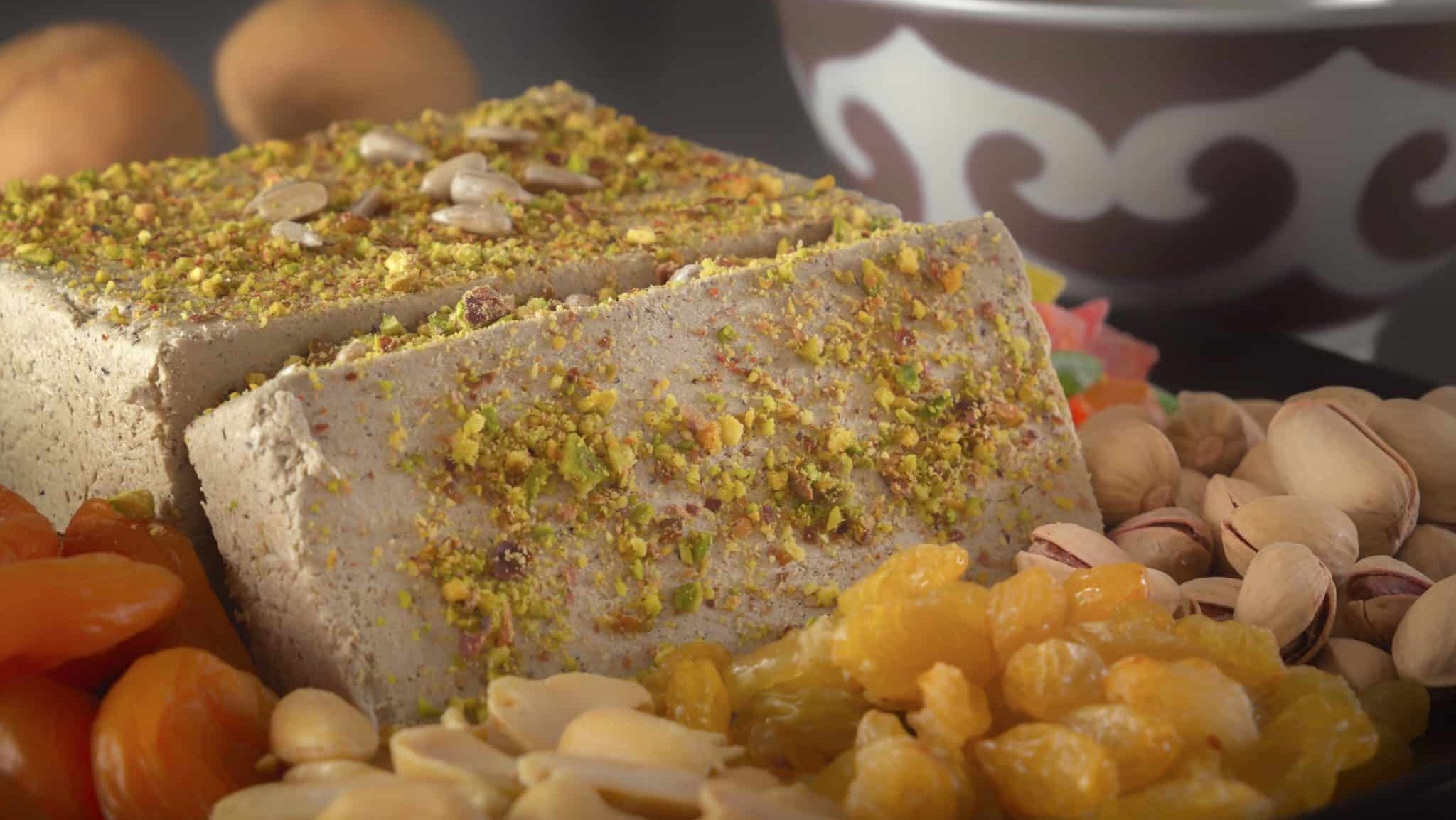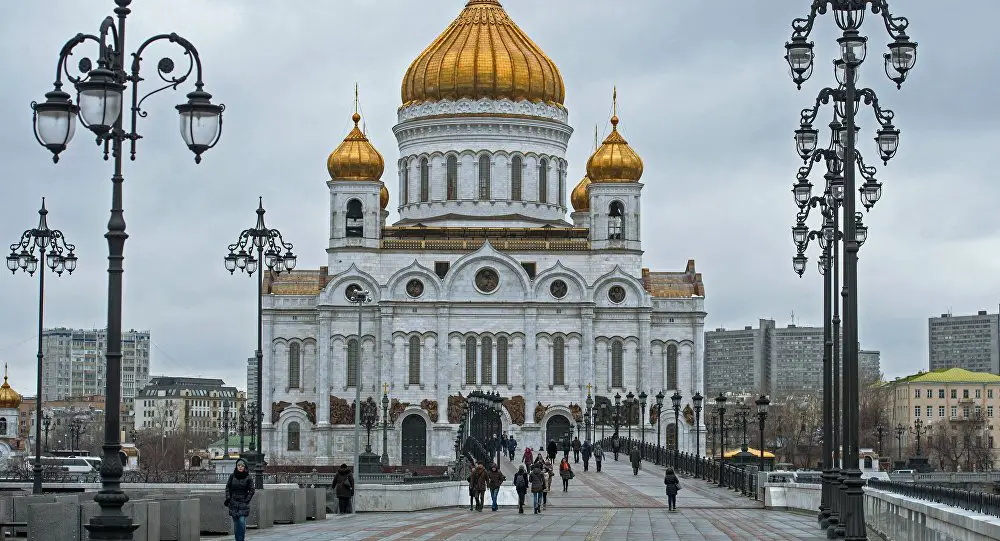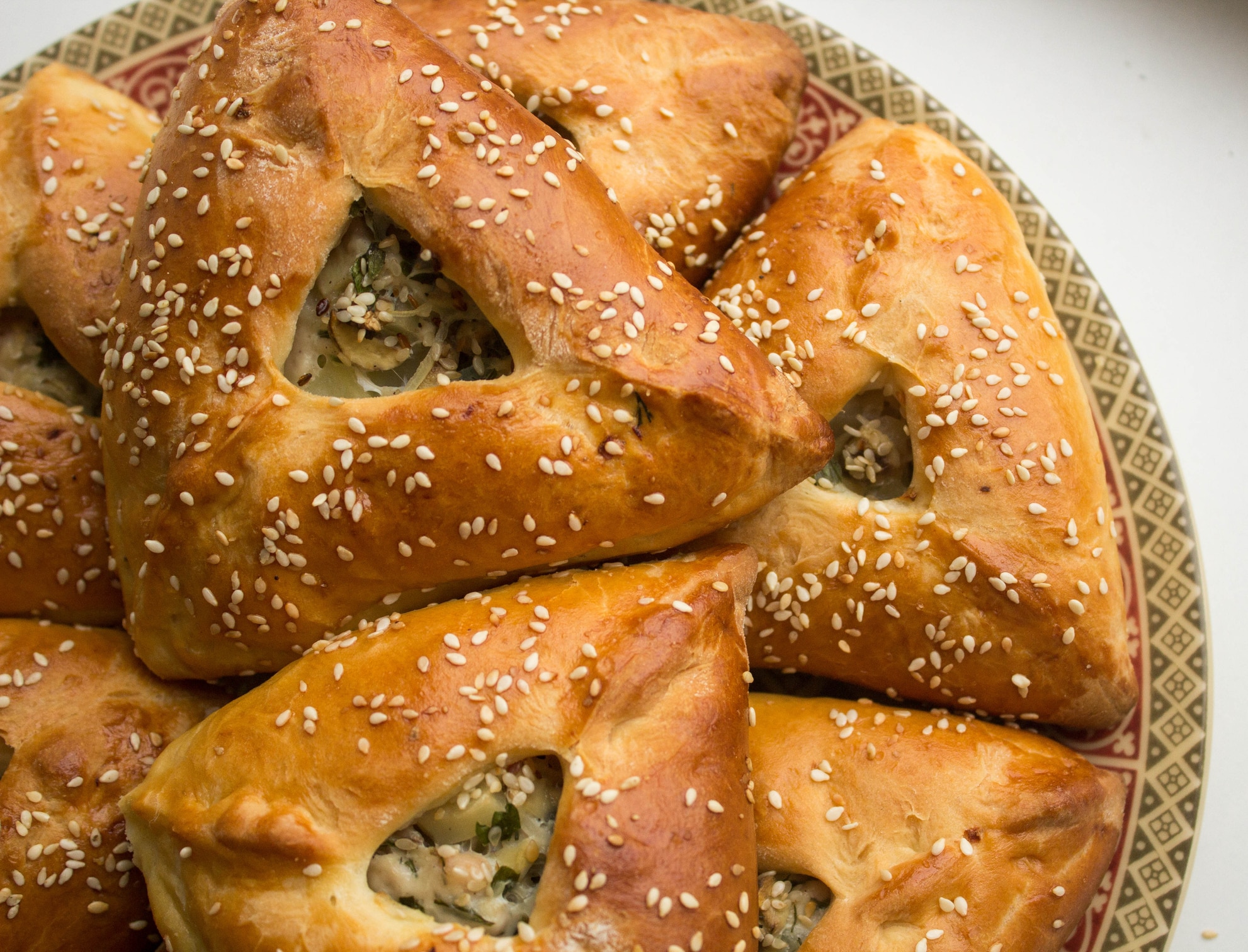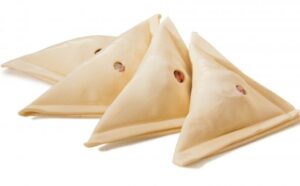A symbol of Tatar culture and a pride of that nation, echpochmak is easily one of most recognizable foods from Tatar cuisine. This savory meat pie has its origins in the nomadic days of the Tatars but the crisp outside and juicy meat filling of the pie have guaranteed echpochmak’s timeless popularity.
Today, echpochmak is enjoyed not only in Tatar homelands, but can be found throughout the former Soviet Union and in many areas where widespread Tatar diaspora has landed globally.
How Echpochmak Got Its Name
Почему они носят такое название?
Echpochmak (tat. өчпочмак ,rus. эчпочмак) very literally means “triangle” in Tatar, a reference to the signature shape of the meat pies. The word can be broken down into two parts with “өч” or och meaning “three” and “почмак” or pochmak translating as “corners.”
In Russian, echpochmak is usually directly transliterated as “эчпочмак.” However, it can be found translated as “треугольник” or treyugolnik.
This dish is also very popular among the closely related Bashkir who call it esbosmak (өсбосмаҡ).
How and When to Eat Echpochmak
Как правильно есть эчпочмак?
Echpochmak is usually served as part of a meal, usually lunch or dinner. Generally, echpochmak is served alongside broth or tea to help wash the pies down. If broth is available, some broth may be poured into the hole of the echpochmak to warm and moisten the pastry before eating.
Echpochmak is seen as being a remnant of Tatars’ nomadic past with the pies being a staple during military campaigns as they were easy to carry and convenient to eat. Today, the pies can be found in many bakeries and cafes which may serve them fully closed due to health codes and issues of shelf life. While today increasingly common, this is not traditional. When purchased this way, the pies are often eaten alone as a fast or to-go snack.
How to Prepare Traditional Echpochmak
Как правильно готовить эчпочмак?
The process for making the dough is very straightforward, and as some cooks will tell you, does not differ significantly from a basic yeast dough which may be used for other pies or pastries such as the Tatar and Bashkir fried meat pies, belyashi (tat. пәрәмәч, rus. беляш, bash. бәрәмес). The components of the dough are mixed together and left to rise. Some recipes opt to let the dough rise twice, preferring the thinner, crisper quality of the first rise.
The fillings tend to be similar across recipes and include meat, potatoes, and onion. The meat can be different, but most recipes use beef or lamb and others may use chicken or even goose. Before Tatars settled in the Volga region and began raising animals, it is likely that the meat would have been horse meat, a popular food for Tatars till this day. Newer recipes also may add spices such as cumin to the filling, but most call for simply salt and pepper. Even the salt and pepper, however, are likely older additions. The original pies would have likely used perhaps salt or perhaps no seasonings at all.
Today’s classic recipe which includes potatoes is also undoubtedly a variation of the original pie, as potatoes were imported to Russia only during the reign of Peter the Great, centuries after the Tatars first began making this national pie.
Some cooks today may pour melted butter into the opening instead of broth. Some people choose to pour the butter or broth into the echpochmak halfway through the bake, while others do so after the echpochmaks are taken out of the oven. It can also still be done before consumption.
Echpochmaks are usually better fresh and straight out of the oven. However, leftovers are nice to have to warm up for a snack later. Today you can buy echpochmak in bakeries or even frozen in grocery stores in Tatarstan.
Let’s Cook!
Давай приготовим!
| Эчпочмак/Өчпочмак | Echpochmak |
| Ингредиенты
Для тесто
Для начинки
Приготовление: 1. Теплое молоко размешать с дрожками, солью, сахаром, яйцами. Добавить муку и перемешать. Влить растоплонное масло, продолжая замешивать тесто. 2. Поставить тесто в теплое место и дать час подняться. 3. Для начинки, мясо и картофель нарезать мелкими кусочками. Мелко нарезать лук и добавить к мясу и картофелю вместе с маслом. Посолить, поперчить и хорошо перемешать. 4. Тесто разделить на части и раскатать небольшие кружочки. 5. В центр каждого кружочка выложить немного начинки, тесто приподнять с трёх противоположных сторон и соединить в форме треугольника. Оставить центр открытым. 6. Треугольники выложить на смазанный с маслом противень и смазать взбитым яйцом. 7. Выпекать 20-25 минут при 180 градусов. После этого в каждый треугольник влить немного бульона и выпекать в духовке ещё 30 минут. 8. На стол подать в горячем виде, смазав с маслом. |
Ingredients
For the dough
For the filling
Preparation: 1. Mix the warm milk with the yeast, salt, sugar, and eggs. Add flour and knead. Add the melted butter and knead the dough again. 2. Let the dough rise for 1 hour in a warm place. 3. For the filling, cut the meat and potatoes into small pieces. Finely chop the onions and add them to the meat and potatoes along with a little butter. Salt and pepper it and mix well. 4. Divide the dough into parts and, using a rolling pin, roll them into small circles. 5. Put some filling in the center of each circle and fold the edges of the dough from three opposite sides so that it forms a triangle. Leave the center of the triangle open. 6. Lay the triangular pies on an greased baking tray and brush the tops with an egg wash. 7. Bake for 20-25 minutes at 180 degrees Celsius. After that, take them out and pour some broth into each triangle and put them back in the oven for another 30 minutes. 8. The ready echpochmaks should be buttered and served warm |
Our Favorite Echpochmak Videos
Although the video is a bit lengthy, the instructions are detailed and thorough. In particular, the cook shows in detail how to do the plait on the side of the echpochmak which may be challenging for people making these pies for the first time.
https://www.youtube.com/watch?v=5Cud9GJXGI0
This cook uses a more traditional recipe that calls for broth, but also offers a substitute made with butter and water if you do not have broth at hand.
This video comes with English subtitles and the cook shows how to make the Tatar broth or shulpa in addition to the echpochmak. In this video the broth is served alongside the pies rather than poured into them as others may choose to do.
You Might Also Like

Halva, Halwa, Helva: A Hundred Sweets from Dozens of Cultures
Halva, the rich dessert well-loved across many cultures, is so densely filling it almost manages to feel like a meal – and not an entirely unhealthy one at that. There are more than one hundred varieties of halva, an ancient dish whose base can be flour, ground seeds or nuts, or fruit, depending on where […]

Religion in the USSR: Моя Россия Blog
In this text, Tajik blogger Roxana Burkhanova describes, in Russian, the history and religions under the USSR. Despite the state’s officially athiestic policies, multiple religions existed within the USSR. Since that empire’s demise, all of those religions are now experiencing a revival. The material below details how this came to pass. This is part of […]

Islam in Russia: Моя Россия Blog
In this text, Tajik blogger Roxana Burkhanova describes, in Russian, the history and current status of Muslims in Russia. Islam is the largest minority faith in Russia and Muslims are a growing and important demographic there, especially among immigrants from Central Asia. The material below details both the challenges that Muslims have faced in integrating […]

Lagman: The Noodles of the Silk Road
Lagman is a dish that is very common in Central Asia, China, and many Middle Eastern countries. It can also be found in Russia and the Caucasus and is a popular dish among the Crimean Tatars. The basic recipe, which combines noodles with meat, has hundreds of variations. In Uzbekistan, the dish tends be a […]

World Nomad Games
The World Nomad Games is a unique international sporting event that celebrates the traditional sports and cultural heritage of the traditionally nomadic Turkic people. The World Nomad Games brings together athletes and spectators from around the world to participate in nomadic traditions through a festival of traditional sports, cultural events, and art exhibitions. The next […]









